
Can I Reclaim VAT on Vehicles and Fuel for my Business?
One of the most complicated areas of VAT and tax deals with vehicles and the fuels that they run on, but sadly the fact that it’s confusing doesn’t mean you can ignore it! In this post we look at the issue of fuel and vehicles, and whether you can claim back the VAT you spend getting your business from A to B.
Claiming business expenses for vehicles
There are lots of reasons why you might need to use a vehicle in your business, whether it’s to visit clients or to deliver stock, but you might be able to claim tax relief on some of your vehicle expenses – which helps to reduce the amount of tax that you pay as a business.
The rules can be a bit confusing, especially because they can vary depending on whether you use an electric or hybrid vehicle, or what type of business structure you operate. If you’re brand new to all this, our explainer video will start you off with the basics.
Claiming VAT on fuel
Similar to the way you claim tax relief on expenses, a business can only claim back the VAT it pays on fuel for journeys which are wholly and exclusively related to business. The easiest scenario is when the vehicle is used solely for business purposes, allowing you to claim back 100% of the VAT you pay for fuel.
This includes driving to and from work, so it would need to be left at a depot or the office car park overnight. Whilst difficult, and probably sometimes inconvenient, this is not impossible.
For example, a company which repairs phone lines may have a specialist vehicle that it uses to carry and install telegraph poles. It would be a fair bet that this is unlikely to be used to do the school run! In that case, a claim for 100% of the VAT on fuel is likely to be acceptable.
However, where a member of staff has a company car it can be more difficult to convince a tax inspector that absolutely no private journeys occur. If that is the case, then you’ll need to use an acceptable method for working out the correct claim.
- Claiming VAT paid on fuel using the actual use basis
- Using the scale fuel charge
Claiming VAT back using the actual use basis
When you provide company cars for your employees, you’ll be fine if you can show you only claim the VAT on fuel used specifically for business purposes. This normally involves keeping petrol receipts and a mileage log showing the date, start and finish point, and total mileage of each journey.
You’ll need to make a payment for the fuel to your employee, but it is important to make sure that this is at a reasonable rate. If you pay more than what’s considered reasonable it might be classed as a Benefit in Kind, and subject to Class 1 Employer’s National Insurance.
You’ll need to deduct the tax owed on the benefit either through your payroll, or by submitting a P11D form. The P11D method will be eliminated for most Benefits in Kind apart from employment related loans and accommodation from April 2026 onwards.
What is a reasonable rate for fuel expenses?
The best way to work this out is by using HMRC’s Advisory Fuel Rates. These give a standard amount that you can pay per mile, and they are adjusted depending upon the size of engine and type of fuel used.
The good news is that this works both for the VAT on fuel used for business purposes, and where employees use company fuel for private journeys. If we think about an employee who has a company car and pays for the fuel:
- The company can pay the advisory rate to reimburse the employee for the amount of fuel they use for business
- And then claim back the VAT on the payment
Alternatively, the company could pay for the fuel, and then charge the employee for the number of private miles they do, claiming VAT on the cost of the fuel minus the employee contribution.
Using the scale fuel charge
The fuel scale charge is based on the emissions of the vehicle in question (often shown as CO2 gm). In this case, the company claims for 100% of the fuel it buys for its vehicles, but it also makes a deduction for the fuel scale charge. There’s a handy calculator on HMRC’s website which makes it a bit easier, but we’ve shown an example below based on the rates in place from 1st May 2024 to 30th April 2025.
The tables can sometimes seem confusing because they show emissions figures in multiples of 5. If the car’s CO2 emissions figure is not a multiple of 5, then it’s rounded down to the nearest multiple of 5 for those purposes. In our example we use a car with a CO2 emissions figure of 146, so this is rounded down to 145 when we use the table.
An example of working out the VAT road fuel scale charges
A company makes quarterly VAT submissions, and uses a BMW 318i with a CO2 emissions figure of 146.
This emissions figure attracts a road fuel surcharge of £332 per quarter, which is made up of the basic charge of £276.67 plus £55.33 VAT.
The company can claim the net cost of all the fuel it pays out against its Corporation Tax bill, less the basic charge of £276.67. It would also be able to enter all the VAT on the fuel on its VAT submission, less the £55.33.
The scale rate isn’t affected by the number of miles which are driven, so for some companies, this may be a better option. Unlike many HMRC rates and allowances, the fuel scale charge gets updated regularly, so it’s vital to make sure you are always using the latest rate!
What if I just don’t claim any VAT on my fuel?
The final option is to decide not to claim back any VAT at all. For many companies, this may seem ridiculous, but we are all different. Your business may not have any vehicles and only hire a car once a year, or it may have a vehicle that doesn’t travel many miles, so you might simply decide the time it takes to calculate the VAT claim is actually worth more being spent on something else!
Be consistent with fuel VAT claims
There is an important rule that you need to bear in mind when it comes to fuel VAT claims, and it’s that consistency is key!
You can’t decide to use the scale fuel charge on delivery vehicles, and then not bother to calculate the fuel figures for a car. It’s why it’s so important to choose a method which is right for the whole company, and not just one individual or a particular vehicle.
Which method should I use to claim the VAT on fuel?
With so many diverse businesses we can’t hope to give you an example of every situation, but we’ll do our best to show some broad cases.
The taxi owner
The taxi owner has four cars, all of which operate from a lock-up garage. The owner drives to the garage, opens up, and the drivers are allocated a car when they turn up for work. Each driver’s mileage is logged for every trip using software, and no personal journeys are taken. The owner and all of the drivers use their own vehicles to get to and from the lock-up garage.
In this case the 100% claim method would be suitable, as the owner can clearly show that the fuel is used for 100% business purposes.
The graphic design artist
A graphic designer works from a marketing studio in the centre of town almost all the time. They travel to work by bus, and only occasionally go to meet clients in a company vehicle. The mileage is negligible and hardly worth claiming for, and the company only has one vehicle.
In this situation, it may be better for the company not to bother claiming, as it may take longer to work out the numbers than it is worth. However, if the method of working or the number of vehicles changes then they may need to re-evaluate.
The in-home carer
The in-home carer uses a company car to travel to different clients’ houses and provide for their care needs. The carer is on the road most of the day, and only occasionally uses the car to pick up their child from school if they fall ill. The company pays for all of the fuel in the car.
In this example, it may be better for the company to simply make a charge at the advisory rate for the few personal miles that the carer does, on the odd occasion that they use the vehicle for personal trips.
The installer
The installer spends most of their days working on-site installing and maintaining equipment for clients, as do a large number of their colleagues. They use a company car for these journeys, but as they start early in the morning, the installer takes it home so that they can be on the road as soon as possible. The installer has free use of the car at weekends. Sometimes they take many trips, and sometimes none at all.
The company should think about paying the scale fuel charge in this case, as a way of reducing the administration needed across the whole of the company.
Learn more about our online VAT accounting services, and call 020 3355 4047, or get an instant online quote.
Want to learn more?
Subscribe to our newsletter to get accounting tips like this right to your inbox

Read more posts...

Your Guide to Capital Allowances for Cars
21st February 2025Capital allowances can be confusing to get your head around, but well worth getting to grips with – especially if you can…
Read More
Paying Tax on Lottery Winnings
18th February 2025The chance of winning the jackpot lottery in the UK is around 1 in 14 million. The odds aren’t high, but you’ve…
Read More
The Accountancy Partnership – Our Positive Reviews
17th February 2025We’re proud of our customer reviews here at The Accountancy Partnership The reviews we receive from our customers show how hard we…
Read MoreConfirm Transactions
The number of monthly transactions you have entered based on your turnover seem high. A transaction is one bookkeeping entry such as a sale, purchase, payment or receipt. Are you sure this is correct?
Please contact our sales team if you’re unsure
VAT Returns
It is unlikely you will need this service, unless you are voluntarily registered for VAT.
Are you sure this is correct?
Call us on 020 3355 4047 if you’re not sure.
Bookkeeping
You will receive our bookkeeping software Pandle for free, as part of your package.
You can use this to complete your own bookkeeping, or we can provide a quote to complete your bookkeeping for you.
Please select and option below:
Call us on 020 3355 4047 if you’re not sure.

